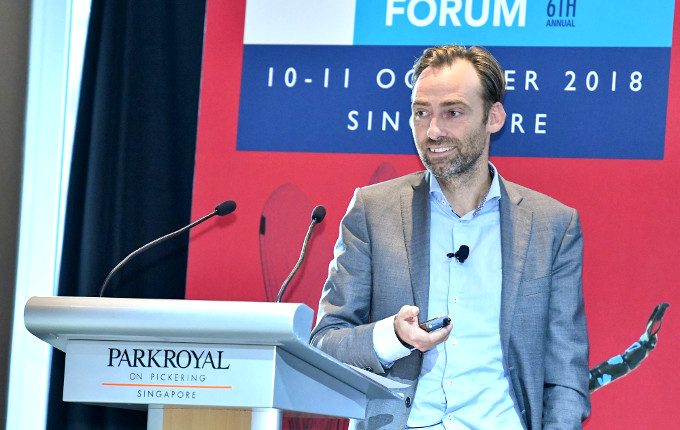Danish pension fund PKA was one of the first institutional investors to implement a factors-based investment approach. But the recent dismal performance of these strategies is testing the faith of the fund, Deputy CIO Michael Flycht says.
Register to Access this Exclusive [i3] Insights Article
Create a free account to access exclusive interviews with asset owners, revealing insights on investment strategies, market trends, and portfolio allocations.
If you already have an account you can Login .
If you have any issues registering an account please send us an email at [email protected].


